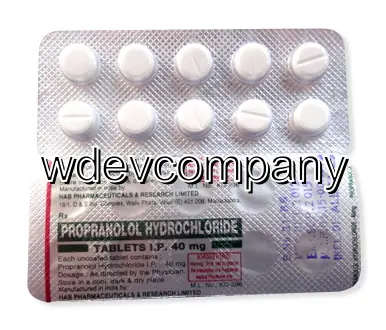| Package | Dosage | Price | Price per Dose | |
|---|---|---|---|---|
| Dosage: 10mg | ||||
| 360 pill | 10mg | $252.99 | $0.70 | |
| 270 pill | 10mg | $214.34 | $0.79 | |
| 180 pill | 10mg | $173.93 | $0.97 | |
| 120 pill | 10mg | $133.51 | $1.11 | |
| 90 pill | 10mg | $112.43 | $1.25 | |
| 60 pill | 10mg | $80.80 | $1.35 | |
| 30 pill | 10mg | $42.15 | $1.41 | |
| Dosage: 20mg | ||||
| 360 pill | 20mg | $303.94 | $0.84 | |
| 270 pill | 20mg | $237.18 | $0.88 | |
| 180 pill | 20mg | $177.44 | $0.98 | |
| 120 pill | 20mg | $124.73 | $1.04 | |
| 90 pill | 20mg | $105.40 | $1.18 | |
| 60 pill | 20mg | $75.53 | $1.27 | |
| 30 pill | 20mg | $40.39 | $1.35 | |
| Dosage: 40mg | ||||
| 360 pill | 40mg | $309.21 | $0.86 | |
| 270 pill | 40mg | $261.78 | $0.97 | |
| 180 pill | 40mg | $189.74 | $1.05 | |
| 120 pill | 40mg | $138.79 | $1.16 | |
| 90 pill | 40mg | $107.16 | $1.19 | |
| 60 pill | 40mg | $84.32 | $1.41 | |
| 30 pill | 40mg | $52.69 | $1.76 | |
| Dosage: 80mg | ||||
| 360 pill | 80mg | $386.52 | $1.07 | |
| 270 pill | 80mg | $293.40 | $1.09 | |
| 180 pill | 80mg | $198.52 | $1.11 | |
| 90 pill | 80mg | $107.16 | $1.19 | |
| 60 pill | 80mg | $79.05 | $1.32 | |

Propranolol Description
Overview of Propranolol
Propranolol is a widely used medication classified as a beta-blocker. It primarily works by blocking the effects of adrenaline on the body's beta receptors. This action helps to slow down the heart rate, reduce blood pressure, and decrease the workload on the heart. Due to its versatile nature, Propranolol is prescribed for various conditions, making it a common choice in cardiovascular therapy.
Uses and Medical Benefits
This medication is often prescribed to treat hypertension, helping to control high blood pressure. It can also be used for managing angina pectoris, a condition characterized by chest pain caused by reduced blood flow to the heart muscle. Additionally, Propranolol is effective in preventing migraines, reducing their frequency and intensity. It is sometimes used post-heart attack to improve survival rates and to manage certain arrhythmias that affect heart rhythm.
Effectiveness and Patient Experience
Many users find Propranolol effective in controlling their symptoms. Its rapid onset helps in providing relief from acute episodes, especially in cases of fast heart rates or migraines. Patients often report a noticeable decrease in symptoms such as chest pain and anxiety-related heart pounding. However, individual responses can vary, and some may experience side effects or require dosage adjustments. Overall, when used correctly under medical supervision, Propranolol offers significant benefits in managing various conditions.
Potential Side Effects and Precautions
Like all medications, Propranolol can cause side effects. Common issues include fatigue, dizziness, cold extremities, and gastrointestinal disturbances. Some users might experience sleep disturbances or depression-like symptoms. Because of its effect on the heart and blood vessels, it is important for patients to report any irregular heartbeat, breathing difficulties, or significant fatigue to their healthcare provider. Patients with asthma or chronic respiratory conditions should use Propranolol cautiously, as it can exacerbate breathing problems.
Usage Instructions and Dosage
The dosage of Propranolol depends on the condition being treated, as well as individual patient response. It is usually taken orally, with or without food. Doctors typically start with a low dose and gradually increase it based on therapeutic response and tolerability. Consistency in taking the medication is crucial for optimal results. Patients should follow their healthcare provider’s instructions precisely and not alter the dose without medical consultation.
Conclusion
Propranolol remains a cornerstone in the management of various cardiovascular conditions and other uses. Its effectiveness in controlling symptoms like high blood pressure, migraines, and heart rhythm disturbances makes it a valuable medication. Proper medical supervision ensures safe usage, minimizes risks, and enhances treatment outcomes. Patients are encouraged to discuss any concerns or side effects with their healthcare provider to ensure the best possible therapeutic experience.
See Also

